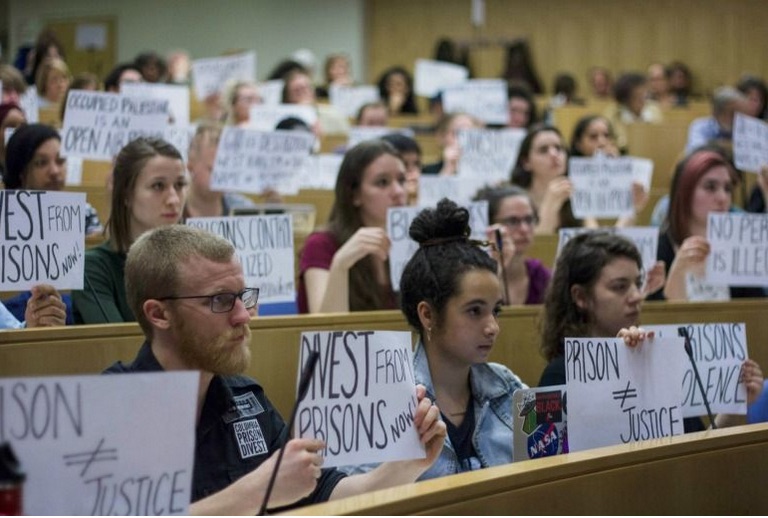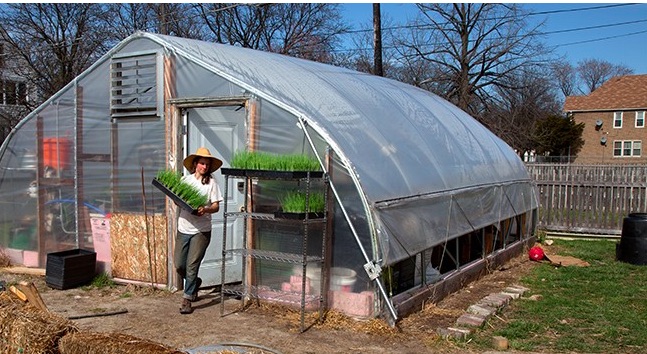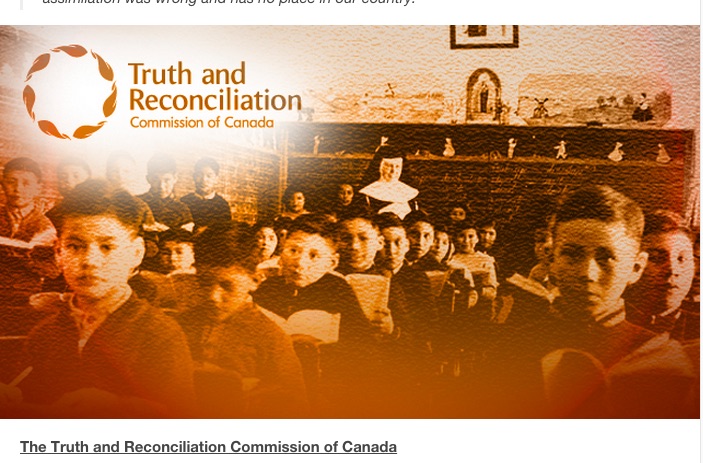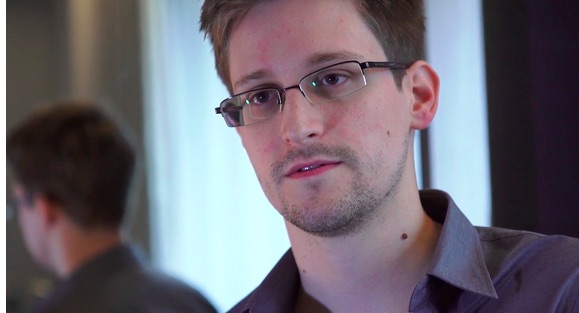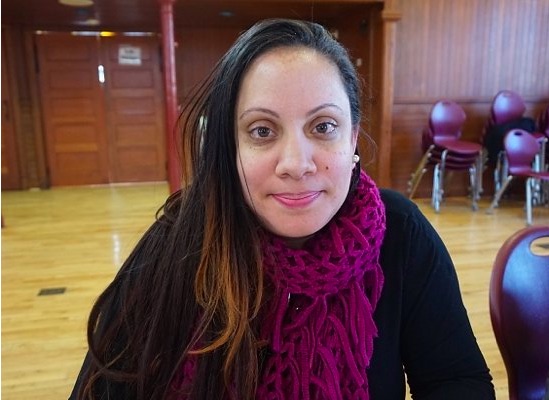. . SUSTAINABLE DEVELOPMENT . .
An article by Mike Morrice, Sustainability Colab
Typically, I’m not too interested in large meetings of political leaders discussing climate change. Time and again it’s been proven that gatherings of this kind don’t produce much of an outcome, and I’m disinterested in words without action. Having been at the Climate Summit of the Americas (CSOTA) this past week though, I can say this: something has changed. A new rallying cry has emerged, amongst states and provinces across the continent. Whether from the Governor of California, the Premier of Quebec, or the Environment Minister from my home province of Ontario, the message at CSOTA was the same: subnational jurisdictions are ready to act, regardless of the political will (or lack thereof) coming from their federal governments. And they want to act together.

Sub-jurisdictional leaders convene on stage at Ontario’s Climate Summit of the Americas. (Twitter image: @environmentont)
Seven years ago, I was deeply frustrated with the lack of international and federal action on climate change. Though I was also convinced communities across the country could show the leadership I knew was desperately needed.
The tension between the two led me to start Sustainable Waterloo Region (SWR). In doing so, space was created in my community for businesses to learn from one another’s sustainability journeys. Other communities similarly began to take action through groups like the C40 and FCM’s Partners for Climate Protection Program. States and provinces were a mixed bag. Some like BC led by implementing North America’s first carbon tax, others like Ontario joined the Western Climate Initiative though didn’t actively pursue putting a price on carbon.
In the intervening years, so much has changed. Ontario has phased out coal-fired electricity and introduced the Green Energy Act to spur an unprecedented take-up of renewable energy in this province. Cities emerged as a leading voice on climate change and a source of hope for many, and my energy has continued to be focused here. Having started Sustainability CoLab to share the program we piloted at SWR, 12% of the workforces Niagara and Waterloo Regions are now setting targets to reduce their carbon impact by almost 60,000 tonnes, while organizations across the province are launching similar programs, from the Climate-Wise Business Network in York Region to Carbon 613 in Ottawa.
The federal government, however, has continued to give little attention to the climate crisis. If anything, they’ve dug their heels in, continually positioning a false choice between the economy and the environment. It’s a damaging and unfortunate narrative that has cast Canada as a villain on the international stage.
(Article continued in right column)
(Article continued from left column)
And so it’s on this backdrop that #CSOTA felt like a public declaration for a new, more collaborative and more empowered approach from subnational jurisdictions across the continent.
Time and again I heard: there is no need for us to wait for others to act. There’s no time to waste. And collectively, regions and states stated their readiness to harness their considerable influence.
Tangibly, the Summit produced 22 state and region signatories to a Climate Action Statement, itself linking to action in several areas, including commitments to join any one of the “Under 2 MOU”, to sign the Compact of States and Regions, and to support carbon pricing. The Under 2 MOU is of particular significance, underscoring an interest both in limiting warming to 2oC and to bringing GHG emissions down to 2 tonnes per capital. Both are ambitious and needed goals.
One sign that I’m optimistic these politicians are serious about their promises goes beyond the words they used to describe the crisis, which ranged from metaphors evoking the sinking of the Titanic to post-WWII nation building.
Their actions speak louder: In her opening address, I expected Premier Kathleen Wynne to be as passionate and persuasive as she was; in her words: “we have to find a better way to build prosperity”. Just two days before the opening of the Pan Am games in her province’s capital, I wouldn’t have been surprised if after her keynote she ducked out to attend a myriad of other public events, ceremonies, you name it. Instead, she stayed for the next day and a half of open and closed sessions, concluding with the signing of the Climate Action Statement. In her words and her actions she was clear: the Premier wants Ontario to lead by example and she’s strongly encouraging others to join in.

